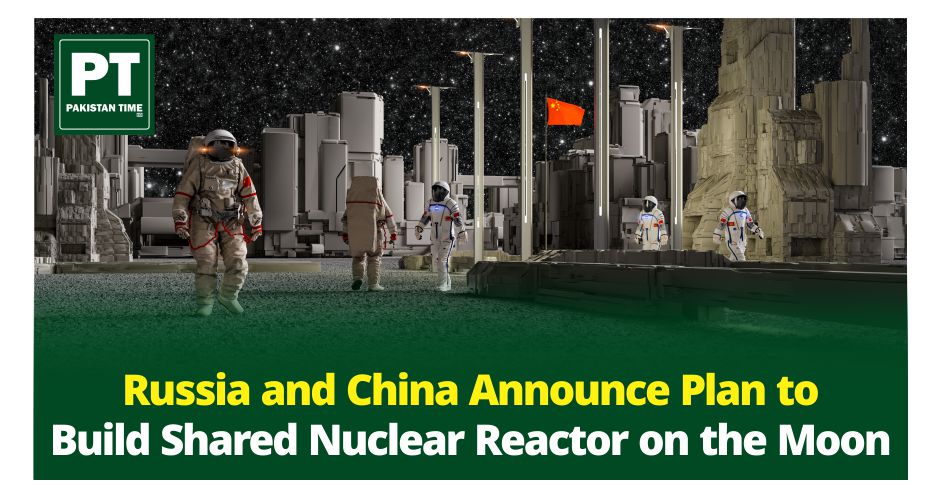Russia and China Announce Plan to Build Shared Nuclear Reactor on the Moon
!Moon Nuclear Reactor
Russia’s space agency Roscosmos and its Chinese counterpart, the China National Space Administration (CNSA), have unveiled an ambitious joint project: the deployment of a nuclear reactor on the surface of the Moon by 2035. This groundbreaking initiative aims to provide sustainable energy for future lunar settlements.
Key Points:
- Automated Mission: The proposed nuclear reactor, which could be transported and assembled without human assistance, will play a crucial role in powering a lunar base that Russia and China have agreed to build together.
- Energy Independence: By harnessing nuclear energy, the lunar base can operate independently of solar power limitations. This strategic move ensures a stable energy supply for scientific research, exploration, and potential human habitation.
- Technological Readiness: Both countries are committed to automating the mission. Roscosmos CEO Yury Borisov stated, “Today, we are seriously considering a project to deliver to the Moon and mount a power reactor there jointly with our Chinese partners somewhere between 2033 and 2035.” The necessary technological solutions are nearly ready.
- Technical Challenges: Addressing technical aspects, such as cooling the nuclear reactor, remains a priority. However, experts are confident that these challenges can be overcome.
- Lunar Settlements: This joint endeavor opens the door to future lunar settlements. Establishing a reliable power source is essential for sustained human presence on the Moon.
International Lunar Research Station (ILRS):
In March 2021, Roscosmos and CNSA solidified their partnership by signing a memorandum of understanding to cooperate on the International Lunar Research Station (ILRS). The ILRS project includes several missions, with China contributing three: Chang’e 6, Chang’e 7, and Chang’e 8. These missions will test technologies necessary for establishing a robotic lunar base capable of remote operation. The first mission is scheduled for 2026, with project completion expected by 2028.
Despite setbacks, such as Russia’s failed Luna-25 mission in 2023, collaboration with China continues to progress. In February 2024, Russian President Vladimir Putin refuted US claims that Russia intended to deploy nuclear weapons in space, dismissing them as a tactic to force arms negotiations on Western terms.
The joint nuclear power plant project represents a significant leap toward humanity’s exploration and utilization of the Moon. As we look to the skies, the Moon may soon become more than just a celestial neighbor—it could be our next home.






